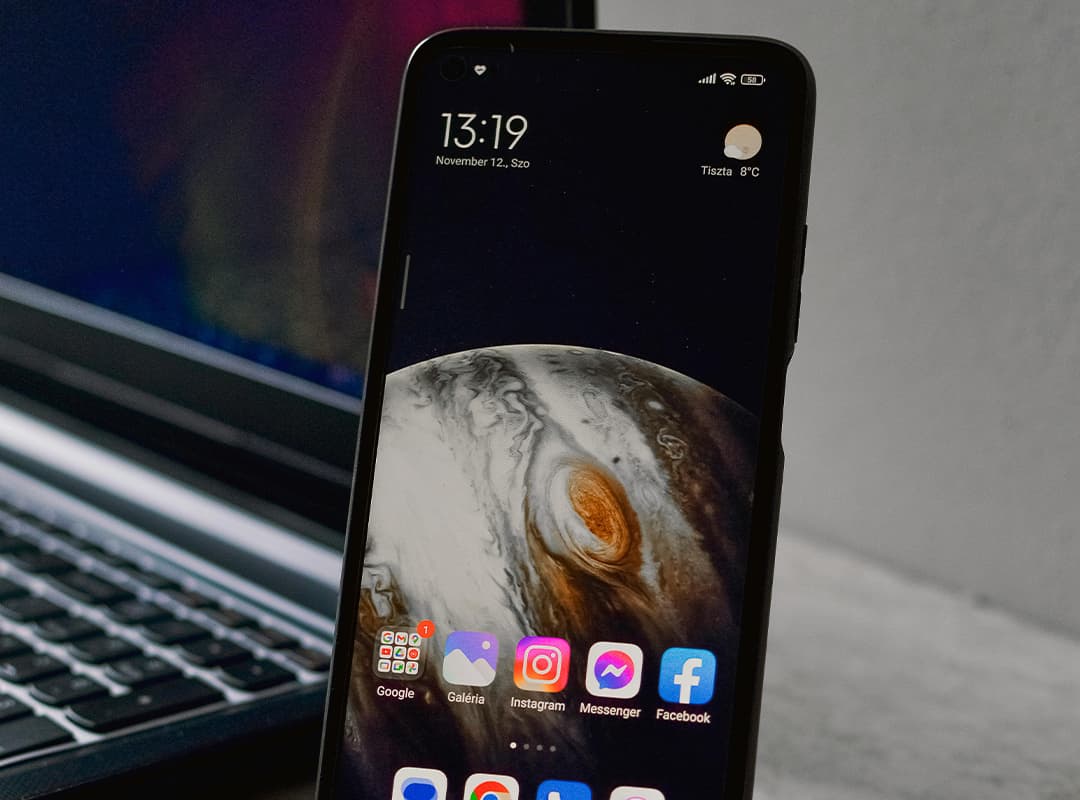Samsung is still one of the leaders in terms of customization of the base version of Android, but it also remains the undisputed flagship for the Android smartphone market. So it has the resources, and if we look at the level of after-sales support, the overpayment becomes understandable. The company on the official level talks about a common update policy for all lines, but for each model the support terms, including OS updates, are reported. And these are the longest terms from what can be found on the market. For flagships, it’s four OS updates and five years of patches. So if you bought a Galaxy S22, your device should even see Android 16, an OS that Google hasn’t even started development on yet. Slightly simpler models can also get the same “extended” support package as the Galaxy A53 or Galaxy S21FE, but it’s still mostly about three years of support, which will include both OS updates and monthly patches. The model will have another year to get security updates. For a mid-range model, that’s good, and for a budget model, that’s just fine. This spring, company representatives said that such support will be available for 130 different current devices: three years of updates with OS upgrades and adding new features and four years of security updates.
But Sony has long ceased to set the tone in anything on the smartphone market. Except for the insanity of prices for devices that have no outstanding features other than the numbers in the price tag. And they’re not doing so well with support. If the current flagship Xperia 1 IV (who told them that such a model name is cool?!) still received quite decent promises of two years of updates and three years of security patches, its predecessor Xperia 1 III after two years of support by all accounts will get nothing at all. Considering that the company also has a less than cutting edge update timeline, it’s not easy to see why you should choose their flagship device.
If we are leaving the world of flagships, in the case of Sony it means diving into the abyss of chaos. It would seem that if the company has a small lineup, it would be easier to update it and it could be labeled as an advantage that all devices are updated regularly and quickly… but not in the case of Sony. There is no clear update policy for units below the flagship level, you can only be sure that you will get some updates for a couple of years. Yes, don’t forget that out of the box, most likely, you’ll have a deliberately old version of Android (flagships are no exception), so the first update is only a tightening up to the current market level. Using the Xperia 5 II as an example, it looks like this. The device went on sale in October 2020 with Android 10, so its two promised updates are Android 11 and 12. And that’s fine, since Android 11 was introduced just a month earlier. The Xperia Pro, on the other hand, goes on sale in February 2021, but also with Android 10. And it too will only be updated to Android 12. For the 2021 mid-rangers, Android 12 will also be the final OS version.
